
by Somya Devi | Mar 4, 2016 | Astrology, Conjunctions, Eclipses, Events, Holy Days
This coming New Moon on March 8th packs a powerful punch, bringing with it a groundbreaking total solar eclipse. This will be the first in a series of eclipses to occur with the lunar nodes, Rahu and Ketu, on the sidereal Leo-Aquarius axis. The nodes moved into these signs at the end of January and will transit here until August of 2017, affecting us deeply in whatever areas of our lives are influenced in our personal charts. We will experience 3 eclipse cycles (pairs of eclipses, one solar and one lunar) during this transit–one now, one in September, and one in February of 2017. (Don’t miss my Free E-Book with lots of info on this transit and how it will affect your sign!)
This solar eclipse on the New Moon will set the tone for a tumultuous lunar cycle. The New Moon cycle begins at 5:54pm PST on March 8th, in sidereal Aquarius. The total solar eclipse (peaking around the same time) will be visible from Southeast Asia, most of Australia, the South Pacific and Indian Oceans and Hawaii. The effects will be most perceptible in these areas, but everyone will feel the disturbance at some level.
During the eclipse, the Sun’s light will be blocked out as he and the Moon align with Ketu, who casts a shadow of self-doubt and criticism on the planet of vitality. The results will be feelings of confusion and disconnection from our sense of strength, individual power, and our connection with Source (all things represented by the Sun). This is adding to our already diminished sense of personal empowerment that can come while Sun is in Aquarius, the sign of service and humility.
This solar eclipse, as well as the lunar eclipse to follow on March 23rd, will bring up a lot of our personal shadows around the quest for equilibrium between universal service and self-empowerment. This theme will continue through the broader year-and-a-half eclipse cycle we have entered.
At the time of the eclipse, Mercury and Venus join the Sun, Moon, and Ketu in Aquarius. This will add Ketu’s feelings of confusion, doubt, and aversion to our collective emotional body (the Moon), to our intellectual and analytical side (Mercury), and to our desirous, pleasure-seeking nature (Venus).
Don’t be surprised to see a chaotic departure from inner peace, rational thinking, and cooperative behavior around this eclipse.
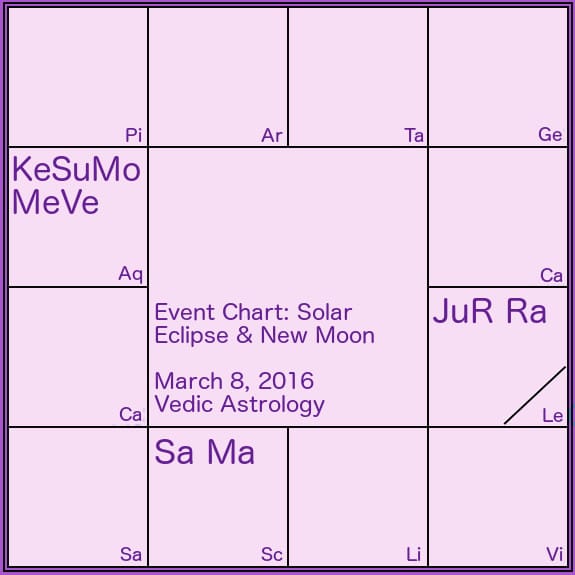 This could be aggravated even more by Jupiter and Rahu, who oppose this New Moon cluster from Leo. Their conjunct energies are causing folks to become more and more amped up and self-righteous over their principles and beliefs. (Polarized election madness!) Saturn aspects the duo from his menacing position, joined Mars, in Scorpio, which puts the pressure on even more.
This could be aggravated even more by Jupiter and Rahu, who oppose this New Moon cluster from Leo. Their conjunct energies are causing folks to become more and more amped up and self-righteous over their principles and beliefs. (Polarized election madness!) Saturn aspects the duo from his menacing position, joined Mars, in Scorpio, which puts the pressure on even more.
Mars casts his aspect onto the stellium in Aquarius. This could throw some fuel on the potentially explosive fire of transformation that is happening there with the eclipse. Mars in Scorpio gives us the chance to bring forth our warrior-like courage, which we will need in facing all of the disturbance and potential change arising.
This eclipse occurs with Sun, Moon and Ketu in the Vedic nakshatra called Purvabhadrapada. This star-sign falls on the constellation well-known as Pegasus (on the stars Alpha-Pegasi and Beta-Pegasi), bridging the Aquarius and Pisces regions of the sky. As such its symbol is a funeral cot, or bed, related to the fire of purification. This helps to prepare us to enter the darkness of the unknown to be met in Pisces.
The eclipse here will drive us strongly towards purification and transformation. This is for our higher purpose and spiritual development, but it may not be without some difficulty. The deity for this nakshatra is Aja-Ekapada (“the one-footed goat”), who is related to Rudra, a destructive aspect of Lord Shiva. This star is associated with darkness and black magic, which lays the groundwork for a very powerful eclipse.
Eclipses are times when we can literally see shadows in the sky, and they are opportunities to see the ugly psychological shadows lurking in our own subconscious. These need to be uncovered and released so we can free ourselves from them. This is a very important time to do sadhana (spiritual practice) and Self-inquiry, so we can know ourselves better and become enlightened by this gift of seeing what is normally in the dark.
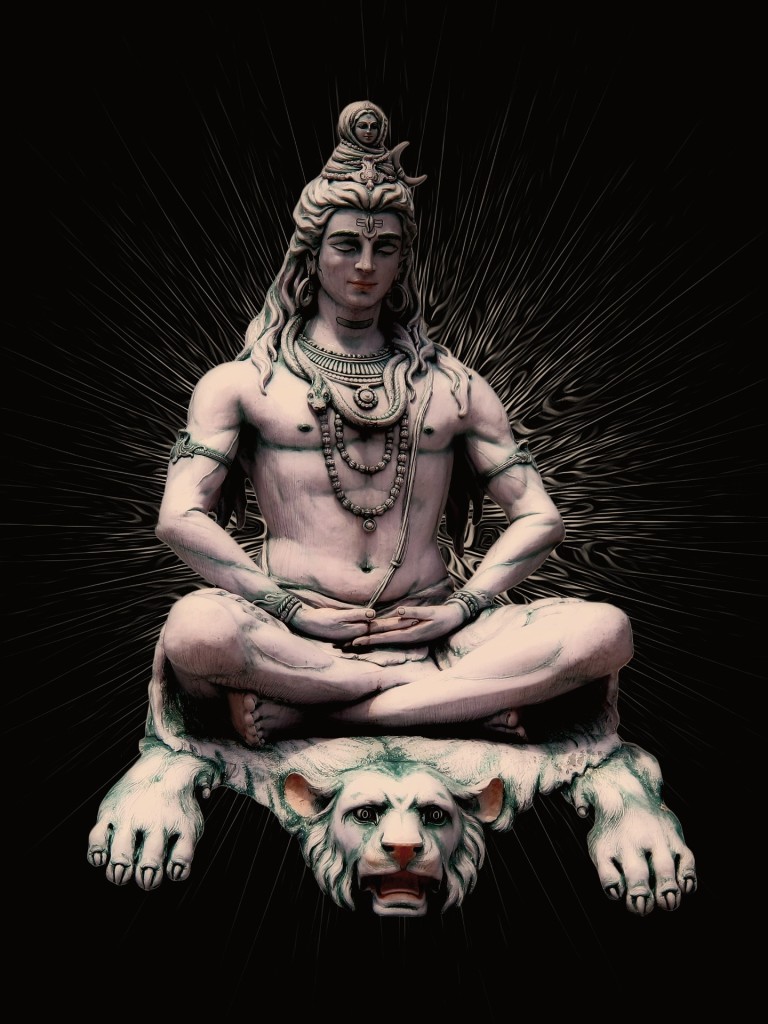 This opportunity is amplified because Sunday night (Pacific, Monday in India) brings the Hindu holy time known as Maha Shivaratri (“the great night of Lord Shiva”). This is the most auspicious night to offer oneself into spiritual practice, in worship of Divine Consciousness. It is typical to stay up all night, fasting and engaging in worship such as mantra, chanting, meditation, and puja. With the eclipse so close at hand, this is an extremely potent time to call upon the light of consciousness and purification.
This opportunity is amplified because Sunday night (Pacific, Monday in India) brings the Hindu holy time known as Maha Shivaratri (“the great night of Lord Shiva”). This is the most auspicious night to offer oneself into spiritual practice, in worship of Divine Consciousness. It is typical to stay up all night, fasting and engaging in worship such as mantra, chanting, meditation, and puja. With the eclipse so close at hand, this is an extremely potent time to call upon the light of consciousness and purification.
In Vedic tradition it is thought that the negative energy of the nodes pervades the atmosphere during the time of the eclipse, and it is therefore best not to eat or drink during this time. (The eclipse window is from 3:19pm to 8:34pm PST.) It is also best to refrain from looking at the eclipse directly, or being outside in its atmosphere, especially if you are somewhere the eclipse will be visible.
One more thing to add to the mix on this powerful New Moon: March 8th is also International Women’s Day! Let’s use this transformative time to honor and elevate the sisters, mothers and daughters of this world!
As a special gift to help you navigate through this time, I’ve put together a Free e-Book on Rahu, Ketu, and the Eclipses for the 12 Vedic Rising Signs , which includes a forecast for your personal sign!
Eclipse periods are some of the best times to book a personal reading to help you to understand your personal karma and to process the energy brought up by the nodes.
Top Image Credit: “Eclipsed? Not totally” by James Jordan, CC license Attribution-NoDerivs 2.0 Generic
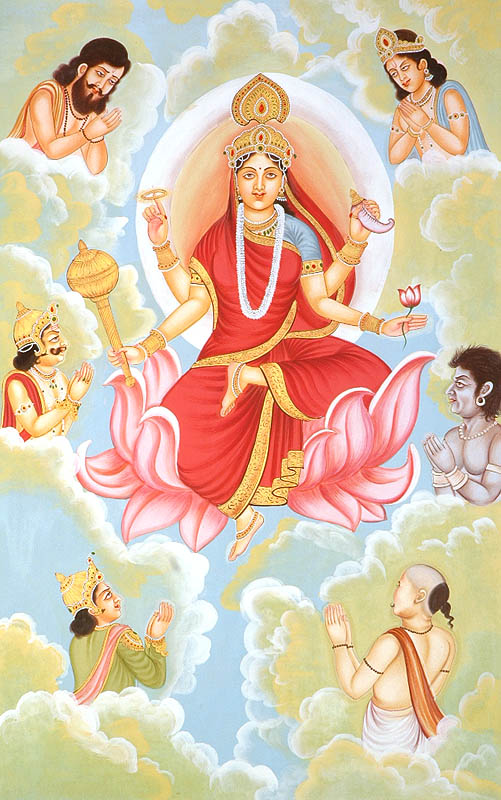
by Somya Devi | Oct 21, 2015 | Astrology, Holy Days
The ninth day of Navaratri is of utmost importance, and is marked by shukla navami, the ninth tithi (lunar phase) of the waxing Moon this month. On this day we honor Goddess as Siddhidatri, the giver of all siddhis, special powers or perfect attainments. Siddhis are magical, spiritual, or psychic powers, attained through dedication and devoted practice. Through worship and meditation upon all the forms of Durga, culminating with that of Siddhidatri, we can attain perfection and infinite blessings from her. Through the siddhis, all desires can be fulfilled. It is often said that the greatest blessing one can receive is to transcend all desires, or to have one’s only desire be to know Goddess/God.
With the blessing of devotion, through her grace, we can remain peaceful and happy in all circumstances, blissfully experiencing the Divine Mother’s presence in and throughout all of creation, in every moment. In this way the ninth day of Navaratri also relates to the illuminating wisdom of Sarasvati, who is often worshiped over the last three days of this festival.
In her depiction, Siddhidatri sits on a lotus or a lion and holds a discus (representative of the chakras), a lotus, a mace, and conch shell, which she will use to sound the victory we attain through her worship. She is surrounded by and worshiped by all forms of divine beings–Gods, demons, spiritual masters and nature-spirits. It is said that even Lord Shiva received his powers from Siddhidatri. In the divine form that is half Shiva and half Shakti, he is merged with Siddhidatri and known as Ardhanarishvara.
Siddhidatri relates to Ketu (the south node of the Moon), and thus she governs our deep and ancient psychic wisdom. She is a powerful goddess to worship for enhancing spiritual, psychic and energetic healing powers.
Full Article on Navaratri 2017
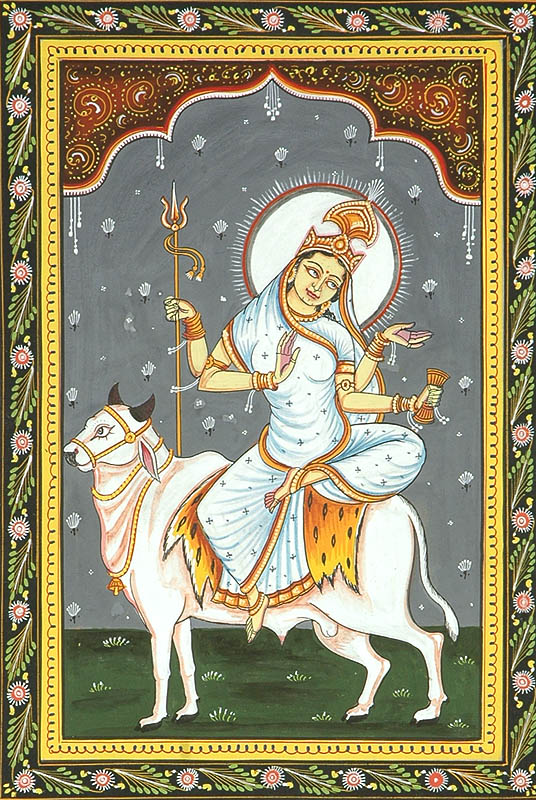
by Somya Devi | Oct 20, 2015 | Astrology, Holy Days
Shukla ashtami, the eighth tithi (lunar phase) of the waxing Moon this month, marks the eighth day of Navaratri during which we honor Goddess as Mahagauri, the “great white” goddess. This incarnation of Durga is fair, shining and radiant like pure light, representing her purifying shakti. She rides a bull and carries a damaru (a hand-drum) and a trisul in two hands, keeping the other two in mudras for blessing and protecting. She represents compassion, truth, and purity and bestows these on her devotees. Mahagauri is often thought of as the young form of Parvati, and thus worshipers often feed young girls sweets on this day of celebration, to honor the great white goddess.
The story is often told that while Parvati was doing penance to win Lord Shiva, her body became black and dirty. When Shiva accepted her he washed her with the water of the Ganga which made her shine resplendently and become Mahagauri. This represents her power to free us from all pain and suffering and to bless us with auspiciousness and virtues, as those who bathe in the waters of the holy river Ganga are said to be blessed and purified. This includes freeing us from the painful attachments to the material world. As we worship Mahagauri after the night of worship dedicated to Kalaratri, we can see that this detachment and reemergence into the light can come only after facing death and darkness.
This goddess relates to the planetary deity Rahu (the north node of the Moon), who is actually a shadow point in the cosmos and has no physical body. Thus Mahagauri relates to parts of our soul and psyche that are beyond the physical body or chakra system. In our worship, making offerings to her and meditating upon her, we can begin to go beyond our attachments to the mundane details of life and brighten our awareness of spirit.
Full Article for Navaratri 2017
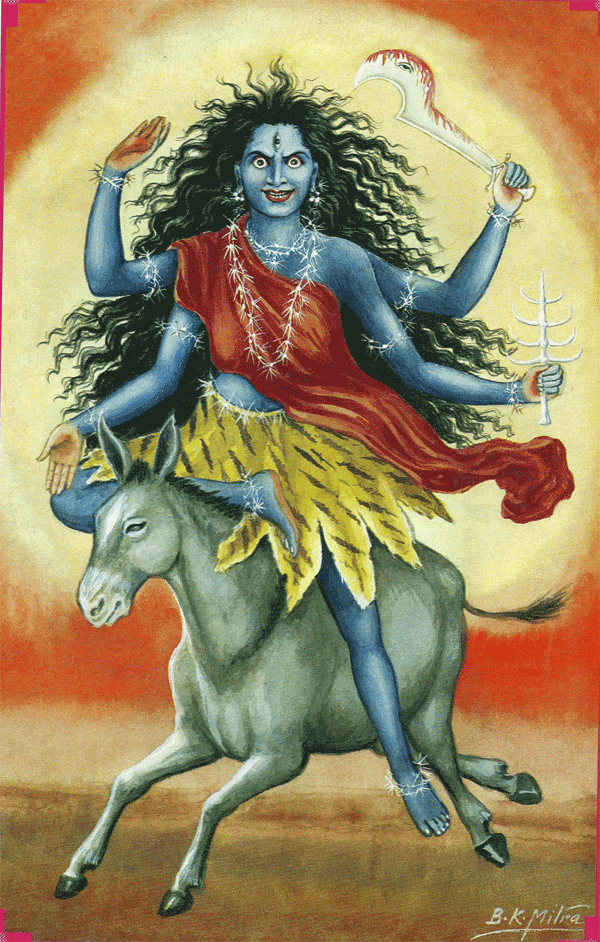
by Somya Devi | Oct 19, 2015 | Astrology, Holy Days
Shukla sapthami, the seventh tithi (lunar phase) of the waxing Moon this month, marks the seventh day of Navaratri wherein we honor Goddess as Kalaratri, a dark and fierce form of Durga. She has wild black hair, dark complexion, three red eyes, and flaming nostrils. She rides a donkey, and carries a sword and a cleaver in two hands, while her two other hands are in mudras offering blessings and protection.
“Kala” refers to time, darkness, and therefore death. “Ratri” is night, and the presence of this goddess signifies a night of facing death and darkness. She reminds us that these are parts of the experience of life. By facing these aspects, and by worshiping Kalaratri, we can be freed from the pain and suffering associated with them. She is by our side bravely and compassionately as we face the morbid and terrifying aspects of existence, and helps to destroy our fears and weaknesses, giving us great strength.
She is an expression of Kali, whose fearful form was birthed from Durga’s third eye when Durga needed more strength and ferocity to fight the demon Raktabija. She is also called Shubhankari, she who does auspicious deeds, and reminds us that we have nothing to fear from her, and nothing to fear, ever. The compassionate energy of the Divine Mother is always working through all parts of creation, even in the processes of destruction. Kalaratri rules Saturn (Shani), who also represents time and ultimate death, and offers us the opportunity for expanded consciousness through meditation on this inevitability. By worshiping Kalaratri on the seventh day of Navaratri and meditating on her deeply, we connect with the sahasrara (crown) chakra, and the barriers between mind, body, and spirit begin to dissolve. She blesses us with happiness and courage, helping to remove sadness, pain, and fear.
In some areas, the seventh day of Navaratri begins the worship of Sarasvati. Having worshiped Durga and Lakshmi for three days and nights each, to remove obstacles and obtain spiritual wealth. Now the devotee is ready to receive knowledge, which comes from Sarasvati, the goddess of learning. In other schools of worship, such as Kalikula in Nepal, Sarasvati is celebrated for the first three nights, followed by Lakshmi, and the last three nights are dedicated to Kali.
Full Article on Navaratri 2017
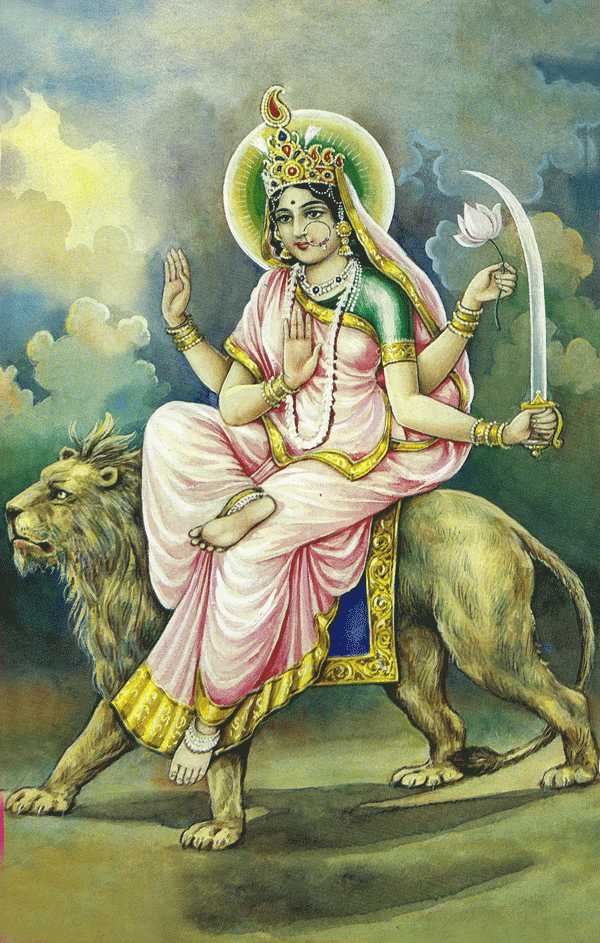
by Somya Devi | Oct 18, 2015 | Astrology, Holy Days
Shukla shashthi, the sixth tithi (lunar phase) of the waxing Moon this month, marks the sixth day of Navaratri wherein we celebrate Goddess in the form of Katyayani, the warrioress who destroyed Mahishasura (the buffalo demon). Mahishasura had been granted a boon (unbreakable wish) from Lord Brahma that determined that no man could kill him. Thus, when he was terrorizing the earth and heavens, the Gods summoned Goddess Durga to come and save them. This form of Durga is named Katyayani, for her father Katya, a devoted sage who did rigorous penance in order to have Durga take birth as his daughter.
Katyayani takes a fierce form of the Divine Mother when we call upon her to destroy our demons, including both internal negativities and external obstacles to material and spiritual success. She relates to the ajna (the third-eye) chakra, where we draw our concentration during worship today.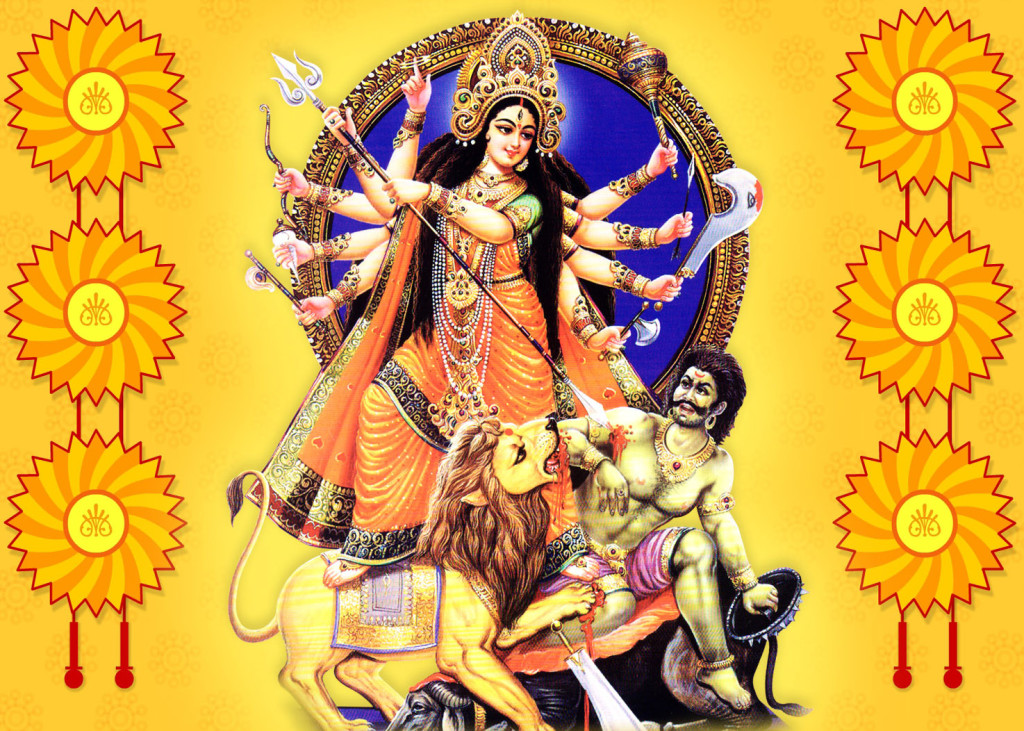 Katyayani relates to fervent devotion, and it is told that she was also worshipped by the Gopis of Vrindavan, who called on her to help them win Lord Krishna as their husband.
Katyayani relates to fervent devotion, and it is told that she was also worshipped by the Gopis of Vrindavan, who called on her to help them win Lord Krishna as their husband.
It is said that worshiping Katyayani will help in bringing a good relationship and marriage, as she bestows the strength to remove obstacles. She also rules Jupiter (Guru), who represents husband in a woman’s astrological chart. Jupiter brings grace, expansion, and optimism, just as Katyayani helps us to fight sorrow and fear. Katyayani is related to fragrances, and offering her incense and other aromatics is a good practice to include in worship today. Through healing scents she helps us to fight disease and improve health. She holds both a lotus and a sword in two of her hands, and holds the other two in mudras offering protection and blessings.
Full Article on Navaratri 2017
Full Save
Save
Save
Save

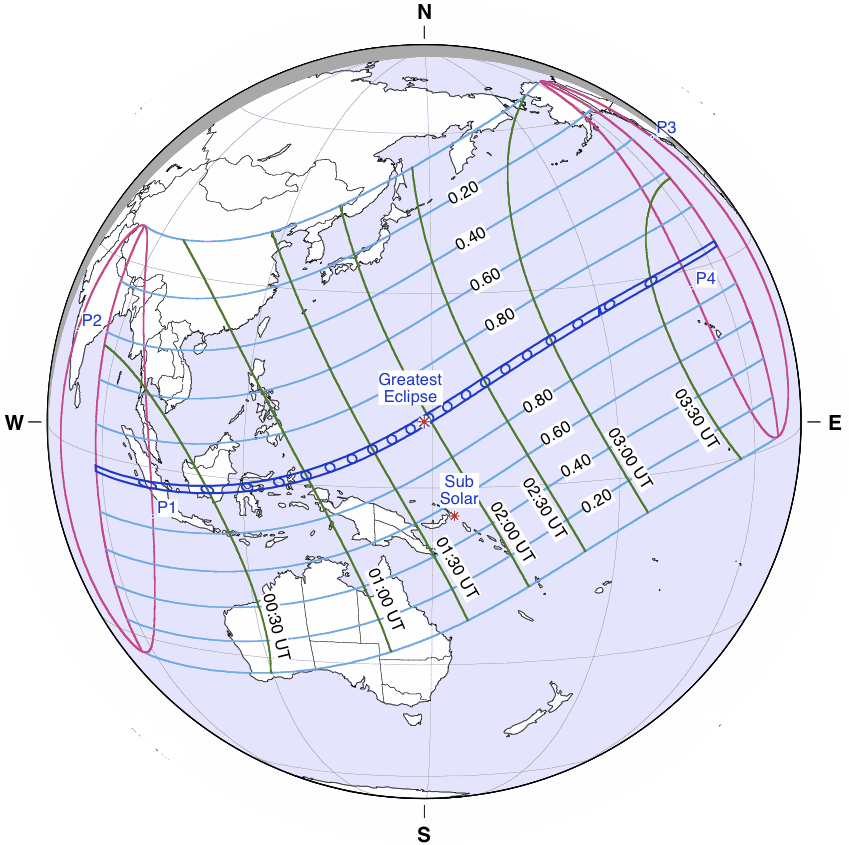
 This could be aggravated even more by Jupiter and Rahu, who oppose this New Moon cluster from Leo. Their conjunct energies are causing folks to become more and more amped up and self-righteous over their principles and beliefs. (Polarized election madness!) Saturn aspects the duo from his menacing position, joined Mars, in Scorpio, which puts the pressure on even more.
This could be aggravated even more by Jupiter and Rahu, who oppose this New Moon cluster from Leo. Their conjunct energies are causing folks to become more and more amped up and self-righteous over their principles and beliefs. (Polarized election madness!) Saturn aspects the duo from his menacing position, joined Mars, in Scorpio, which puts the pressure on even more. This opportunity is amplified because Sunday night (Pacific, Monday in India) brings the Hindu holy time known as Maha Shivaratri (“the great night of Lord Shiva”). This is the most auspicious night to offer oneself into spiritual practice, in worship of Divine Consciousness. It is typical to stay up all night, fasting and engaging in worship such as mantra, chanting, meditation, and puja. With the eclipse so close at hand, this is an extremely potent time to call upon the light of consciousness and purification.
This opportunity is amplified because Sunday night (Pacific, Monday in India) brings the Hindu holy time known as Maha Shivaratri (“the great night of Lord Shiva”). This is the most auspicious night to offer oneself into spiritual practice, in worship of Divine Consciousness. It is typical to stay up all night, fasting and engaging in worship such as mantra, chanting, meditation, and puja. With the eclipse so close at hand, this is an extremely potent time to call upon the light of consciousness and purification.




